The phenomenon of mass transfer dead zones within redox flow batteries has been discovered and reported, but its formation mechanism has not been systematically analyzed and discussed due to its involvement in multi-component, cross-scale, and multi-physical processes. The complex processes involved mass transfer and electrochemical reactions make it difficult to reach uniform distributions throughout the porous electrodes.

Chair Professor Tianshou Zhao and Associate Professor Lei Wei’s research group from the Department of Mechanical and Energy Engineering at the Southern University of Science and Technology (SUSTech) has recently reported a general strategy for dead zone detection and compensation within redox flow batteries.
Their paper, entitled “Dead-zone-compensated design as general method of flow field optimization for redox flow batteries”, has been published in the Proceedings of the National Academy of Sciences (PNAS).
When using the convective flux of active species as an evaluation indicator, it is usually found that the mass transfer dead zone is strongly correlated with the design of the flow field pattern, the hydraulic pressure, and the under-rib convections (Figure 1). Clarifying the formation mechanisms, the researchers proposed a general design method to eliminate the so-called dead-zones coupling with flow fields of redox flow batteries (Figure 2).
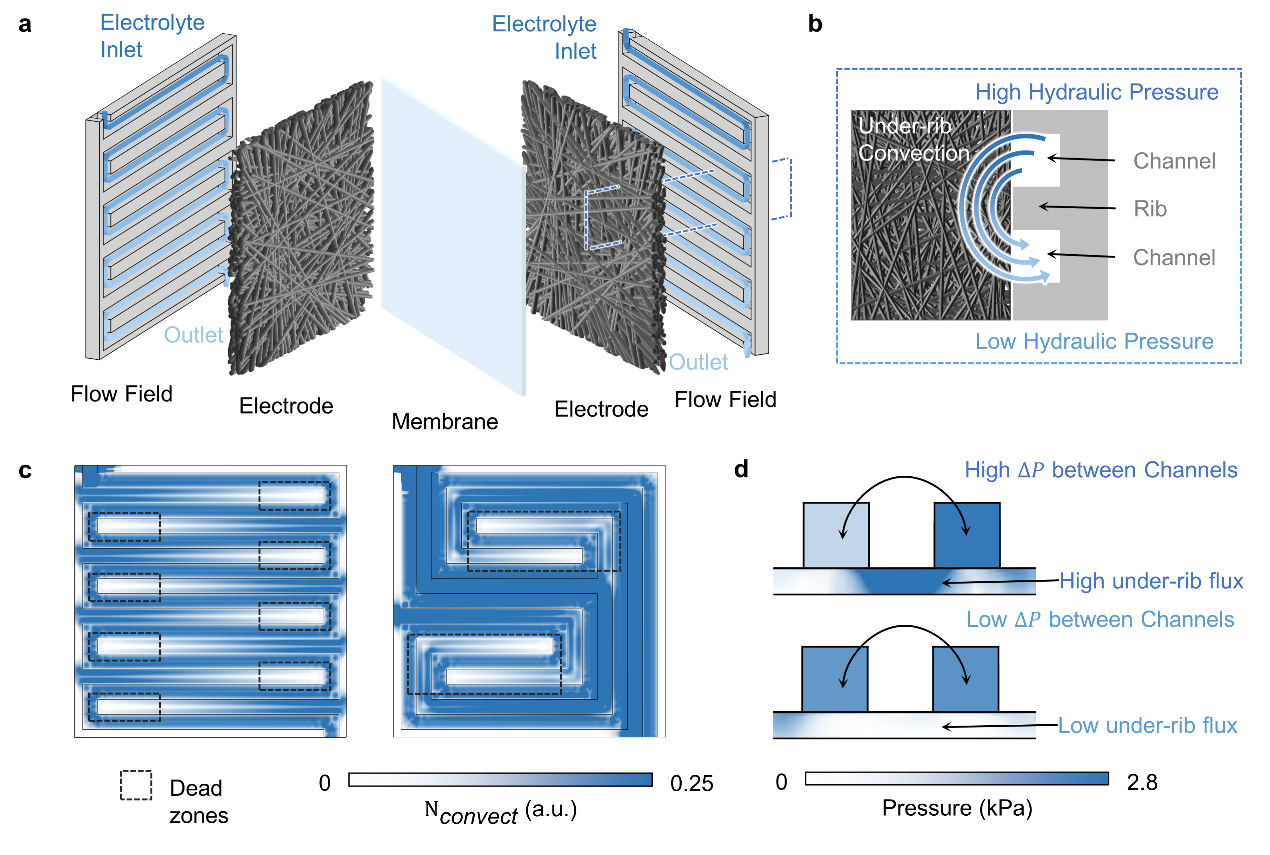
Figure 1. The formation mechanisms of mass transfer dead zones within redox flow battery
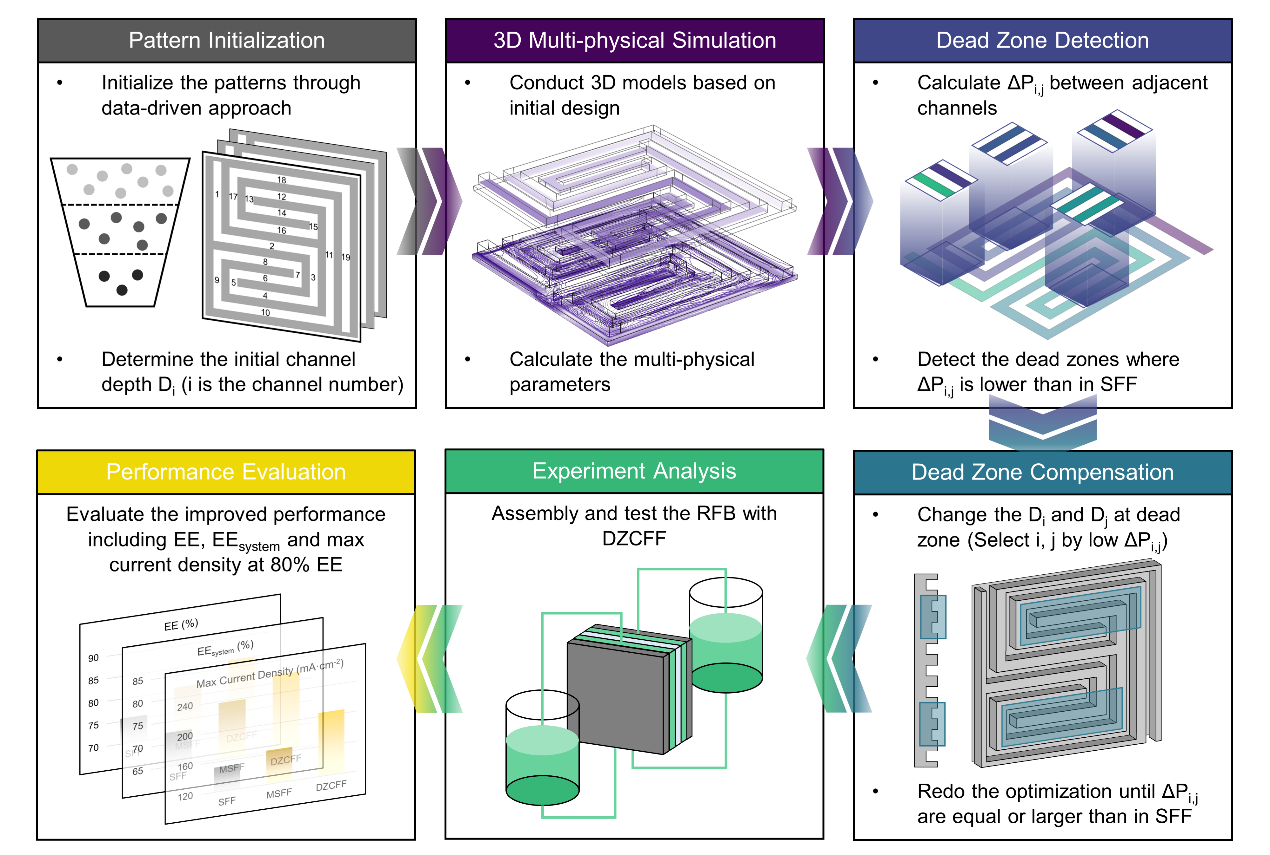
Figure 2. Workflow for dead zone detection and compensation based on existing flow fields
Based on the above methods, this study takes an all-vanadium flow battery as an example to build a 3D multi-physical numerical simulation model and experimental platform with vanadium ions as the active species, further verifying the detection and compensation effects. The 3D simulation results of both the conventional serpentine flow field and the modified serpentine flow field show low-pressure-difference areas. After iterative optimization, the novel design will significantly improve the pressure difference of adjacent channels (Figure 3). The simulated results indicate that the electrolyte velocities and reactant concentrations in the corresponding region significantly increase (Figure 4), which represents the dead-zone-compensated effects.
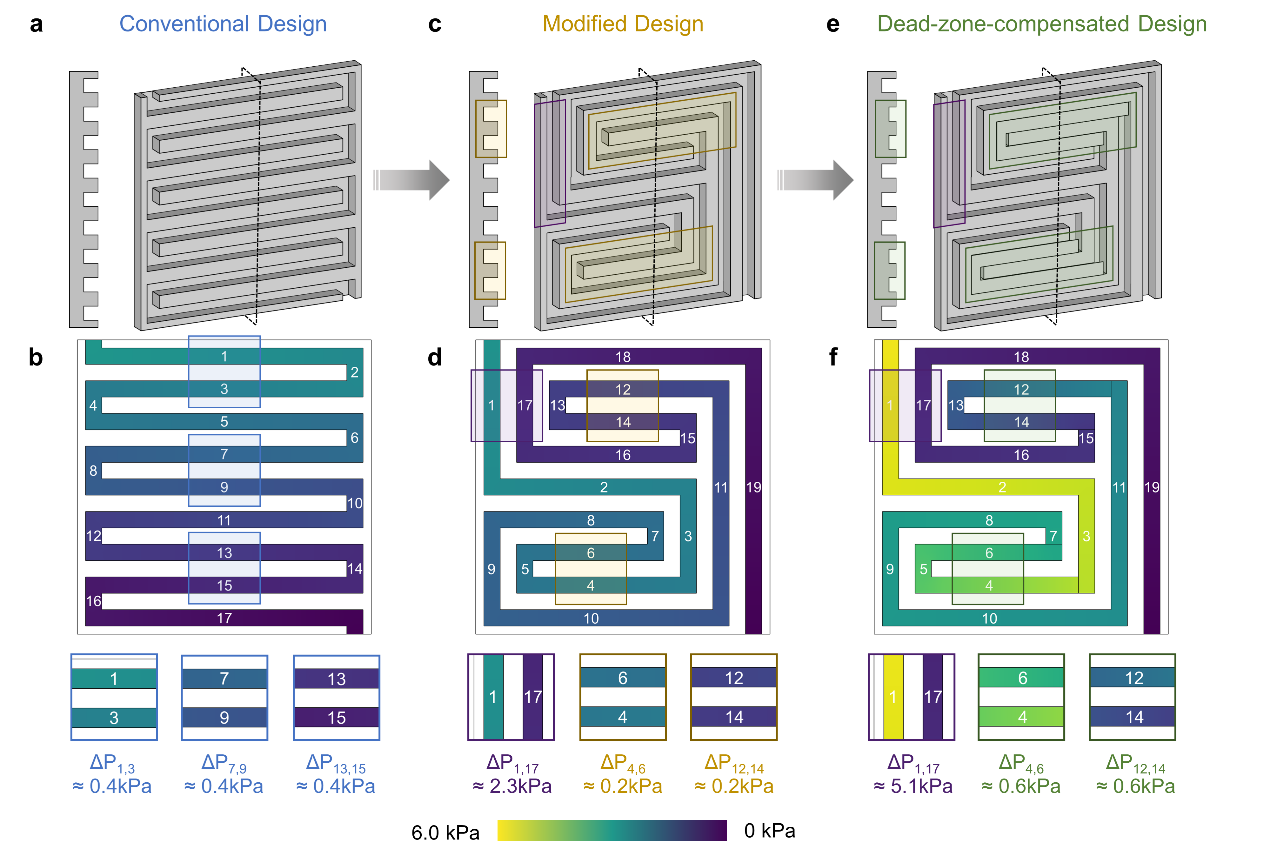
Figure 3. Hydraulic pressure distribution in the flow channel before and after compensation
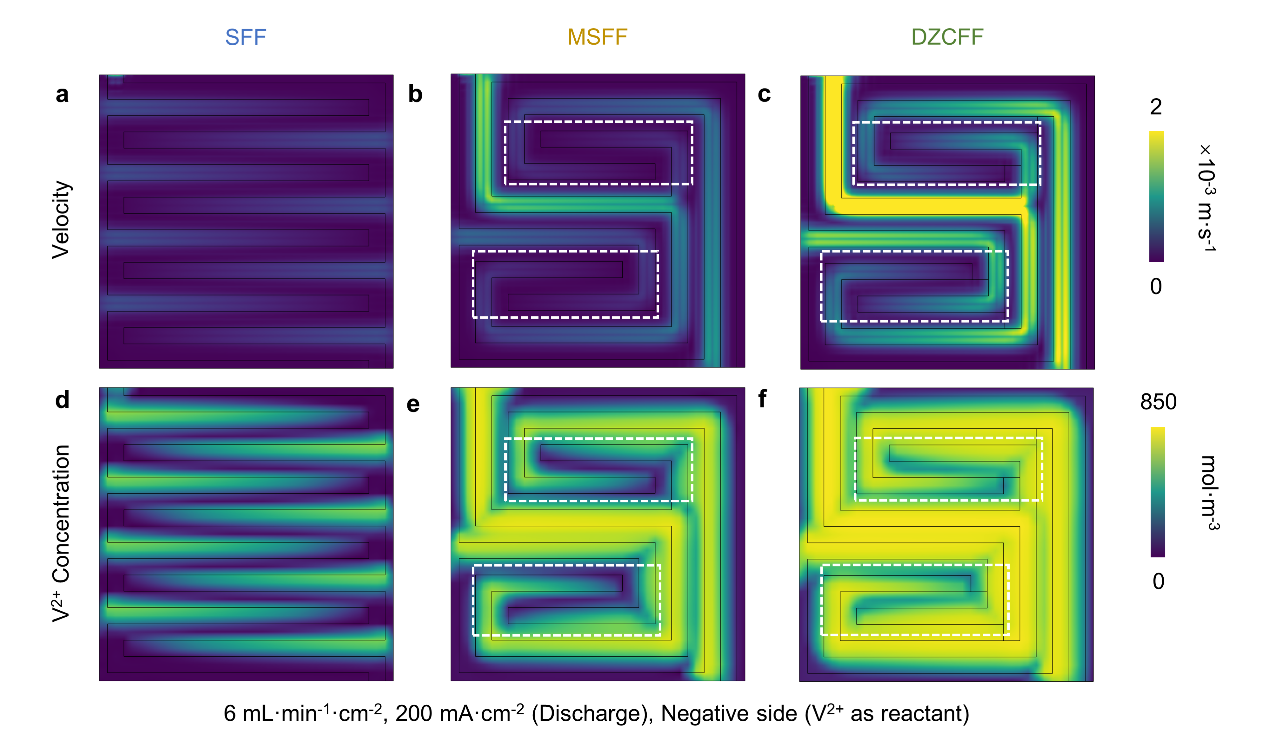
Figure 4. Distribution of electrolyte velocities and reactant concentrations before and after compensation
On this basis, the electrochemical performance of redox flow batteries can be quantitatively verified. The improvement of the average concentration and distribution uniformity factor of active species in the porous electrode on the negative side during the discharge process is strong evidence for the compensation of the mass transfer dead zones (Figure 5). Meanwhile, the novel flow field increases the pressure drop to a certain extent, sacrificing a portion of the pump power. The charge-discharge capacities, energy densities, and energy efficiencies verify the improvements (Figure 6). Notably, the max applied current density reached 205 mA cm-2 when ensuring an energy efficiency of 80%.

Figure 5. Numerical simulation of battery performance before and after compensation
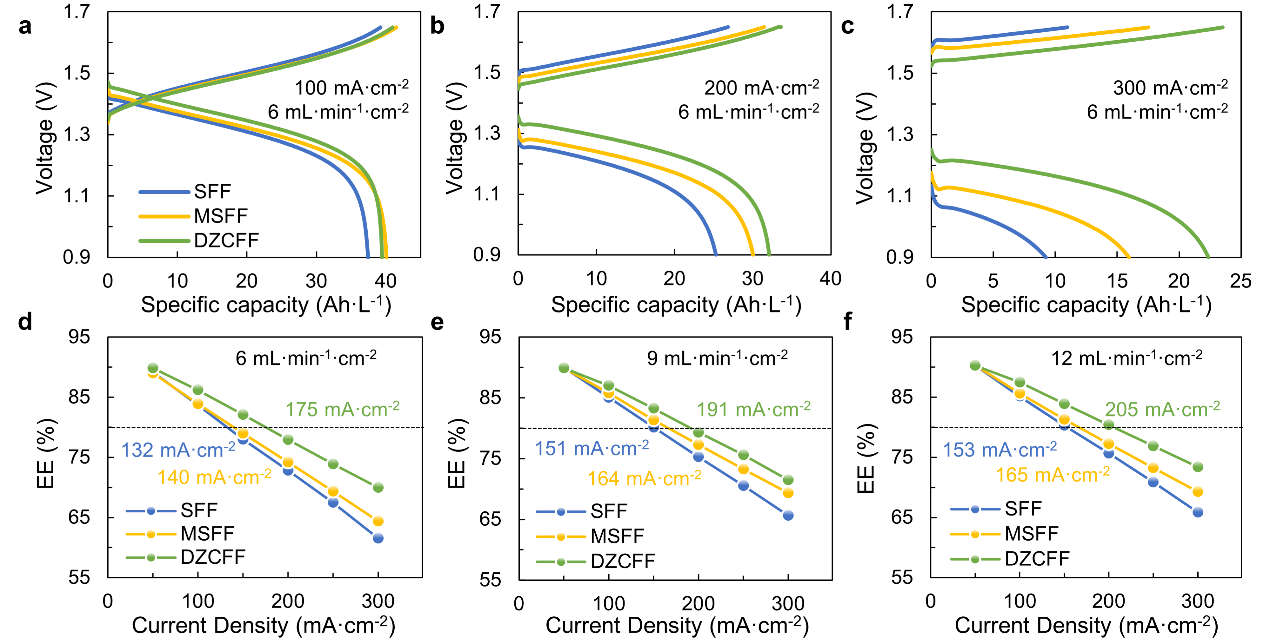
Figure 6. Battery performance verified by experiments before and after compensation
The above results fully validate the effectiveness of the proposed method from theoretical, simulation, and experimental aspects. In addition, this design method demonstrates generality, which can be applied to other flow field patterns. Using energy efficiency and pump-loss-corrected system energy efficiency as evaluation indicators, introducing dead-zone-compensation design can realize improvements of 3.1~4.6% and 2.7~4.3%, respectively (Figure 7).
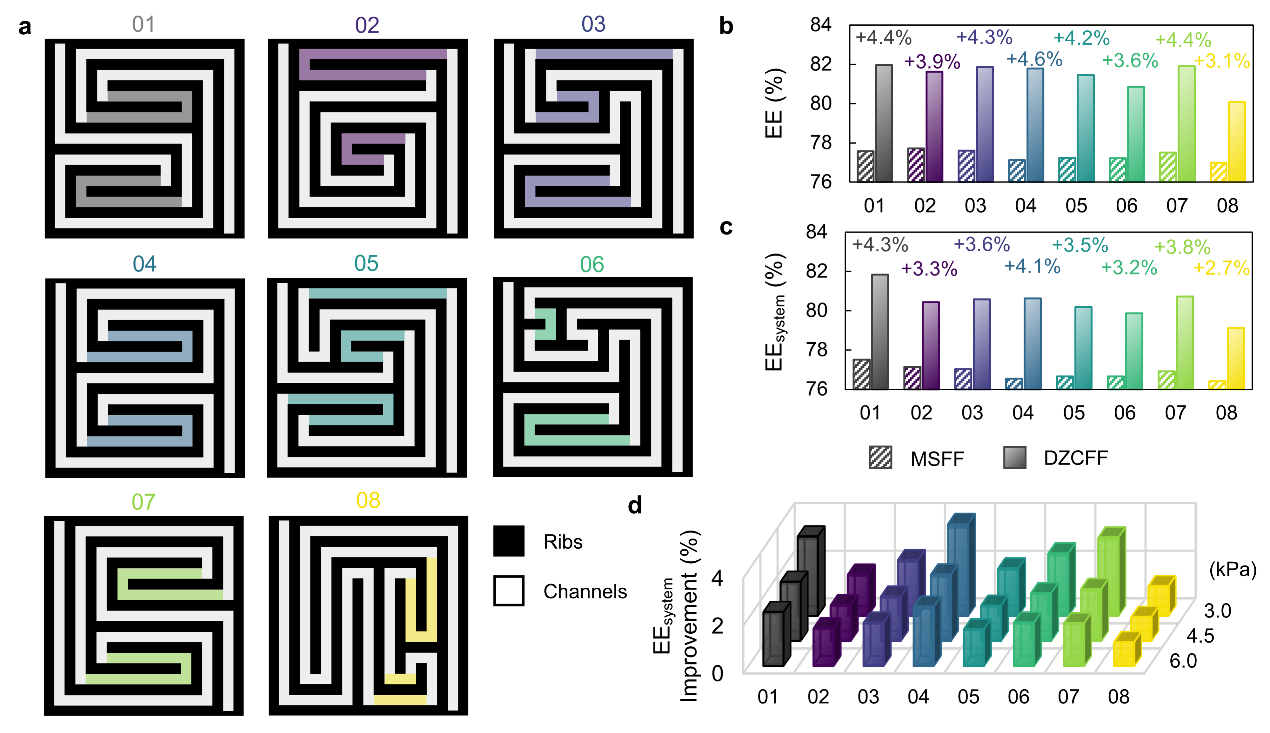
Figure 7. The generality of the proposed method applying to different flow field patterns
In conclusion, this work focused on the phenomenon of mass transfer dead zones within redox flow batteries, revealing the formation mechanisms involved in flow pattern designs. Considering the multi-component, cross-scale, and multi-physical processes, a general method for dead-zone compensation was proposed. The combination of 3D multi-physical numerical simulations and experimental analysis has comprehensively verified the improvement effect of the proposed design on the performance of redox flow batteries. This novel design has great potential for application in large-scale redox flow battery stacks, which will promote the development of commercial energy storage systems.
Lyuming Pan from SUSTech and Jing Sun from the Hong Kong University of Science & Technology (HKUST) are the co-first authors of this article. Profs. Tianshou Zhao and Lei Wei at SUSTech are the corresponding authors.
This work was supported by the National Key R&D Program of China, National Natural Science Foundation of China (NSFC), Shenzhen Key Laboratory of Advanced Energy Storage, and the Joint Research Center on Energy Storage Technology in Salt Caverns Program.
Paper link: https://www.pnas.org/doi/10.1073/pnas.2305572120
To read all stories about SUSTech science, subscribe to the monthly SUSTech Newsletter.
Proofread ByAdrian Cremin, Yingying XIA
Photo By